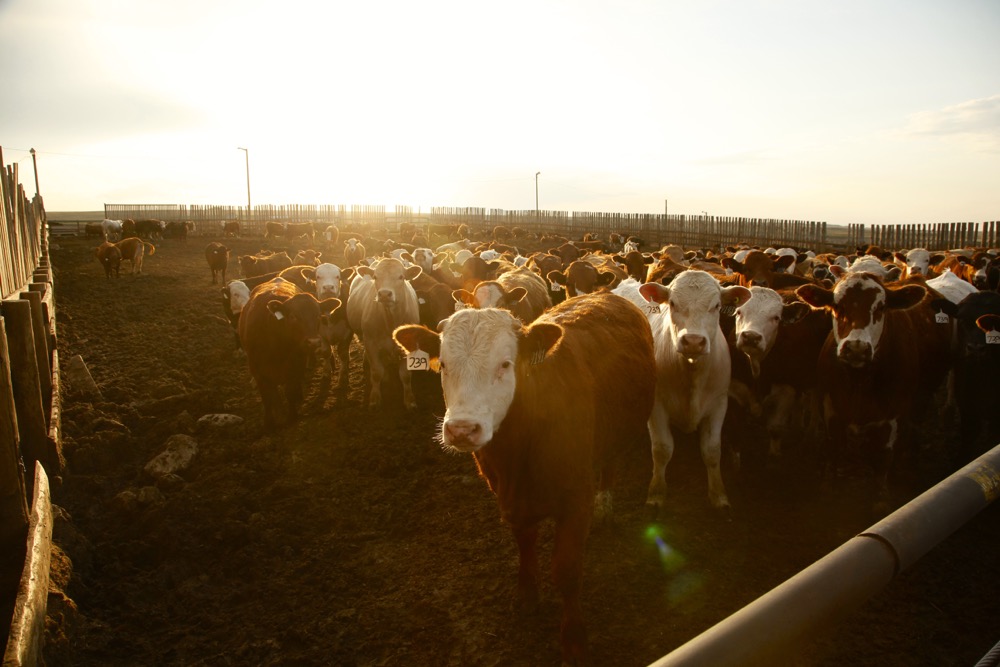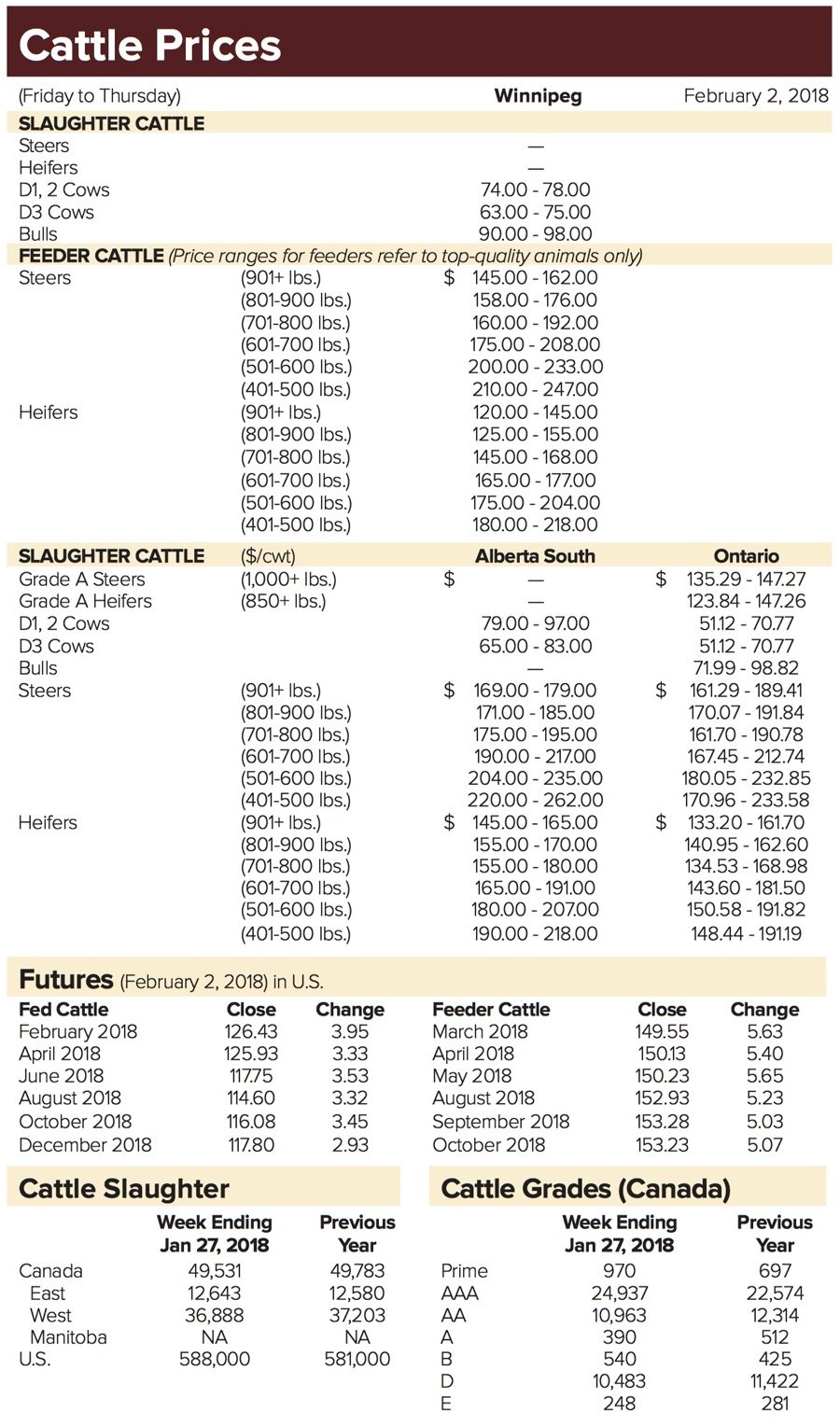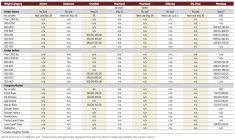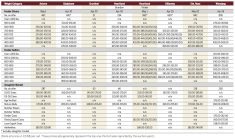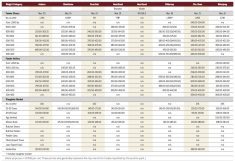Manitoba cattle prices stayed under pressure during the week ended Feb. 2, but there are signs that may start to change.
“Hopefully (prices are) near a near-term bottom and should pick up heading into the spring,” said Brian Perillat, senior analyst with the Canadian Cattlemen’s Association.
Prices at the province’s eight major auction marts were relatively similar to the week previous. Feeder steers (700-800 lbs.) were up slightly, while animals in the 400- to 500-lb. class were a touch lower on average.
Recent strength in the Canadian dollar and rising prices for feed are some of the factors behind the bearish market conditions, according to Perillat.
Read Also

Canola market finds upside as U.S.-Canada trade talks restart
Biofuels inclusion in U.S. “Big Beautiful Bill” thought to be a silver lining for Canadian canola in the first week of July.
Cows were especially under pressure during the past few weeks, he noted, and overall volumes were down. Packers haven’t been processing as much cattle over the past few weeks compared to their normal pace, he added.
“Instead of buying cattle they’d rather slow down the kill and get these prices realigned as their margins are definitely squeezed,” he said. Some packers are even bidding on cattle now that they want to pick up the following week.
Feedlots are also active, according to Perillat, and seeing good demand for near-term fed cattle.
Feed costs in Canada are higher than in the U.S., weighing on calf and feeder prices, he said. “We’re importing corn from the U.S. and Manitoba into feedlots… We have a bit of a feed cost disadvantage.”
During the week ending Feb. 2, just 7,700 animals made their way to the province’s main auction marts, down from 8,430 the previous week.
“Seasonally, January isn’t too busy of a month,” he said. “We also moved a lot of cattle last fall.”
Numbers may pick up in the spring as the backlog of calves enter the market, but it likely won’t be all that much, he said.
Last week the U.S. Department of Agriculture released its inventory report and once again it showed big numbers. However, Perillat said, it was still considered relatively friendly to the market.
“Cattle numbers maybe didn’t grow as much as expected, which was supportive moving forward.”
The amount of beef in cold storage in the U.S. has also been on the rise, which could have a mild effect on prices. Stocks as of Dec. 31 totalled 495.5 million lbs., up roughly one per cent from the month before.






